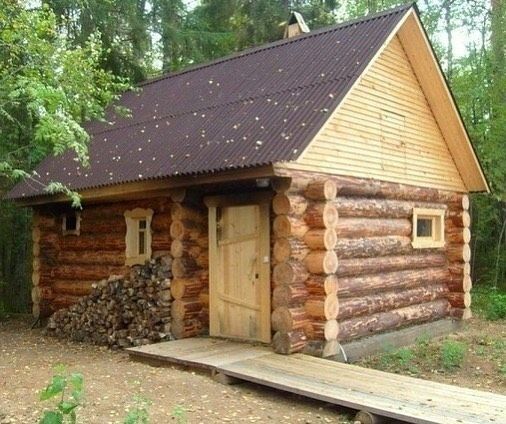Table of Content
Labels are not the reason for basic line numbers, they are only a side effect such to say. In addition, FORTRAN line numbers were arbitrary, more like numeric labels than line numbers. And in high school, we had a "modem" that let us dial into Dartmouth's computer, and experience this wonder first hand. I remember the fairly big problem of wanting to add a line between line 24 and 25, when there was no way of renumbering lines . Connect and share knowledge within a single location that is structured and easy to search.
This was a prototype, implemented as an experiment while the teletype-based interface that the language was being designed for was still being developed. That DTSS had a rudimentary IDE, which was nothing more than an interactive command line. The original editor for DOS was a wonderful utility called edlin. You could only edit a single line. Your program was stored in memory and you would type in single line commands to edit single lines. Before there was such a thing as a VDT , we old-timers programmed on punch cards.
Sat 07 | Day
When BASIC was initially written, it was decided to move the sequence numbers to the left, into FORTRAN's label field, and to allow overwriting prior cards' memory footprint... This was intended for the interactive dev environment, but worked just as well with cards. And cards were used in some early implementations for a variety of reasons. In the early days, most programs were entered with punch cards. The punch cards were usually entered in sequence, usually one instruction per card, with labels (JMP/JSR targets) being a separate instruction card. It definately was a tie over from the mentality of punch cards.
A few showers developing late. Low 42F. Winds SSW at 5 to 10 mph. High 51F. Winds SW at 10 to 15 mph. Partly cloudy skies. High 39F. Winds WSW at 5 to 10 mph. Light rain early...then remaining cloudy with showers overnight.
[PATTERN] Futurama 10 home 20 sweet 30 go to 10
Winds SW at 10 to 15 mph. Considerable cloudiness. Occasional rain showers later at night. Winds SSW at 10 to 15 mph. Low 32F. Winds W at 10 to 20 mph. Some light rain is likely.

Finally in the good old days there weren't any fancy editors. The only "editor" was a simple command line interface, which treated everything starting with a number being part of a program and everything else as commands to be executed immediately. Most prominent example should be the Commodore 64.
Home 20 Sweet 30 GOTO 10
But as soon as I got my hand on a Vax with it's Extended BASIC, I was so happy to never see a line number again. Back in the fifties, when high programming languages were in their early beginnings, there were no terminals, no editors, no monitors , just card punchers and readers and printers . Later, tape was introduced, but that's another story. On the first interfaces BASIC was available for, there was no shiny editor, not even something like vi or emacs . You could only print out your program on the console and then you would add new lines or replace them, by giving the appropriate line number first. You could not navigate through the "file" with the cursor like you are used to nowadays.
Later implementations added an optional sequence number on the right end of the line, so that when/if they got out of order, they could be resequenced by an automated reader. @ypnos, you've got that backwards. Numbers as labels predated BASIC - in FORTRAN, for example, but in BASIC they took on the editing/insertion function. Additionally, the first computers didn't have much memory, and storing a line number only takes two bytes .
Is so that a programmer can come back in later and add, say, a line 25 without having to redo all the numbers. The answer is already above. Paul Tomblin wrote it . QBasic was one of the first versions of BASIC not to require line numbers. It came with a program to remove unneeded line numbers from GW-BASIC code.
Showers early becoming a steady light rain late. Low 44F. Winds SW at 5 to 10 mph. Low 43F. Winds SSW at 10 to 15 mph. Its name is a reference to the traditional looping 'Hello world' program written by beginner programmers. As with all programming languages, we see the prefernces of the programmer in the various code examples that have been offered. This is probably Pascal, because in C there is no repeat..while loop.
Winds SSW at 5 to 10 mph. Cloudy with showers. 20 GOTO 10 was an art gallery in operation from 2008 to 2012, founded by Christopher Abad in San Francisco, California, United States. And as will all programming lanugages there are about as many ways to approach it as there are people offering opinions. But it's still not infinite and the other one was much more readable. I prefer to sacrifice number of lines for readability.

Get exclusive offers by signing up to our mailing list. Enter your email address. Technically it would read HOME SWEET in an infinite loop.


No comments:
Post a Comment